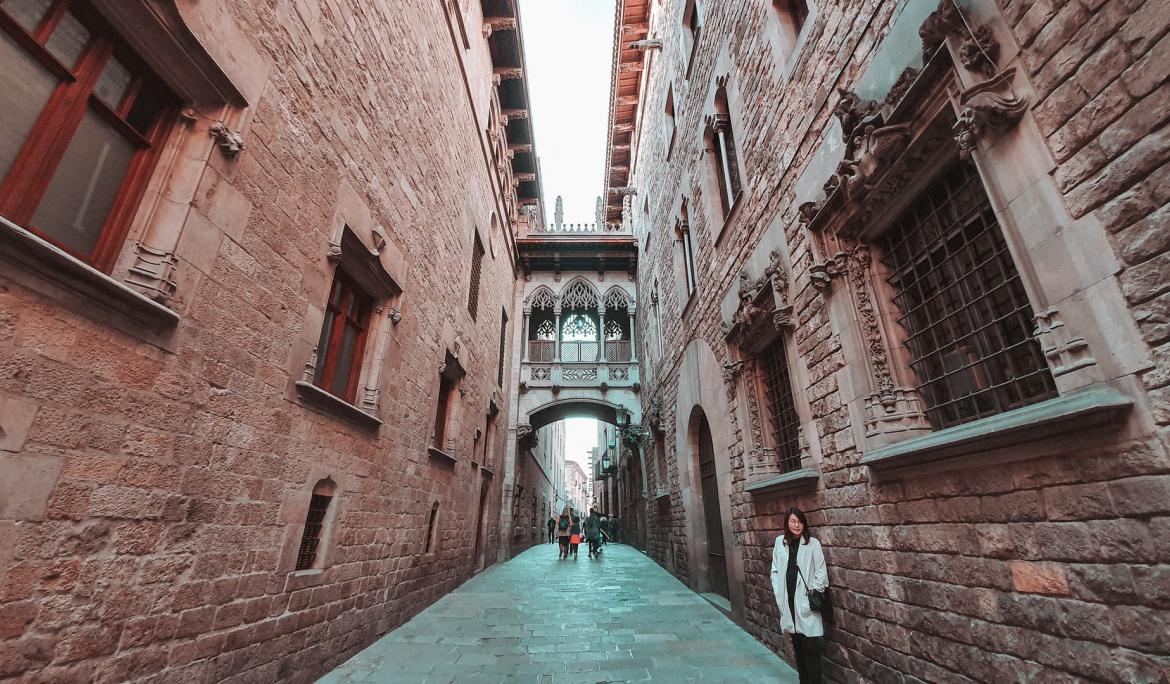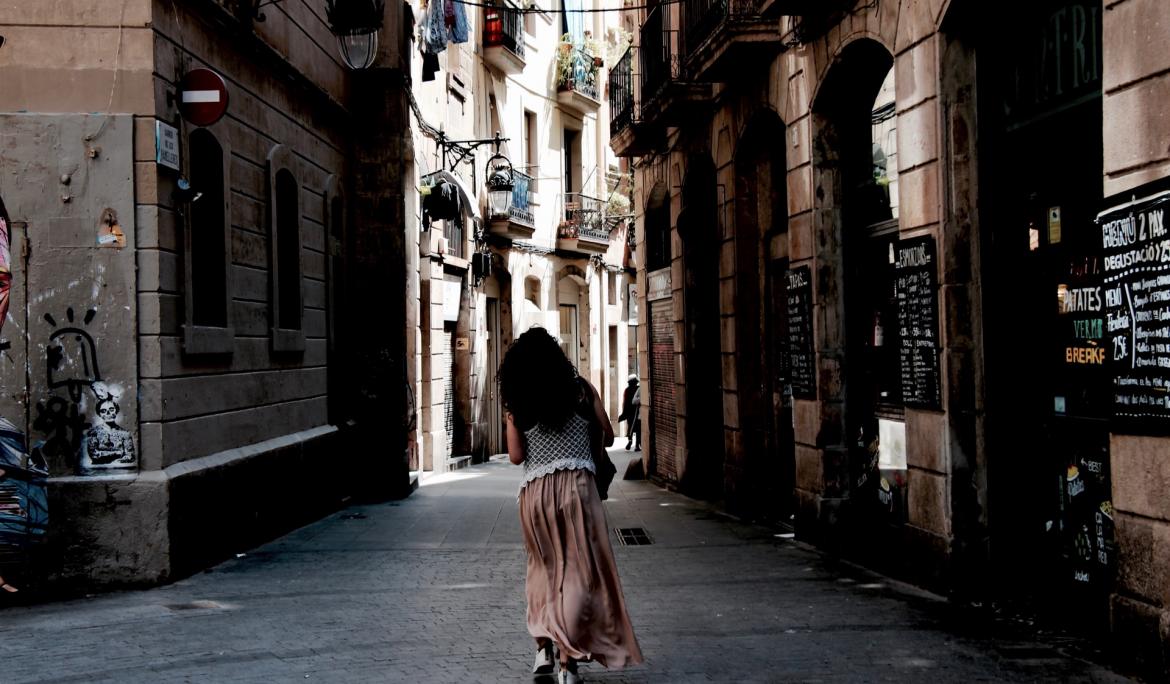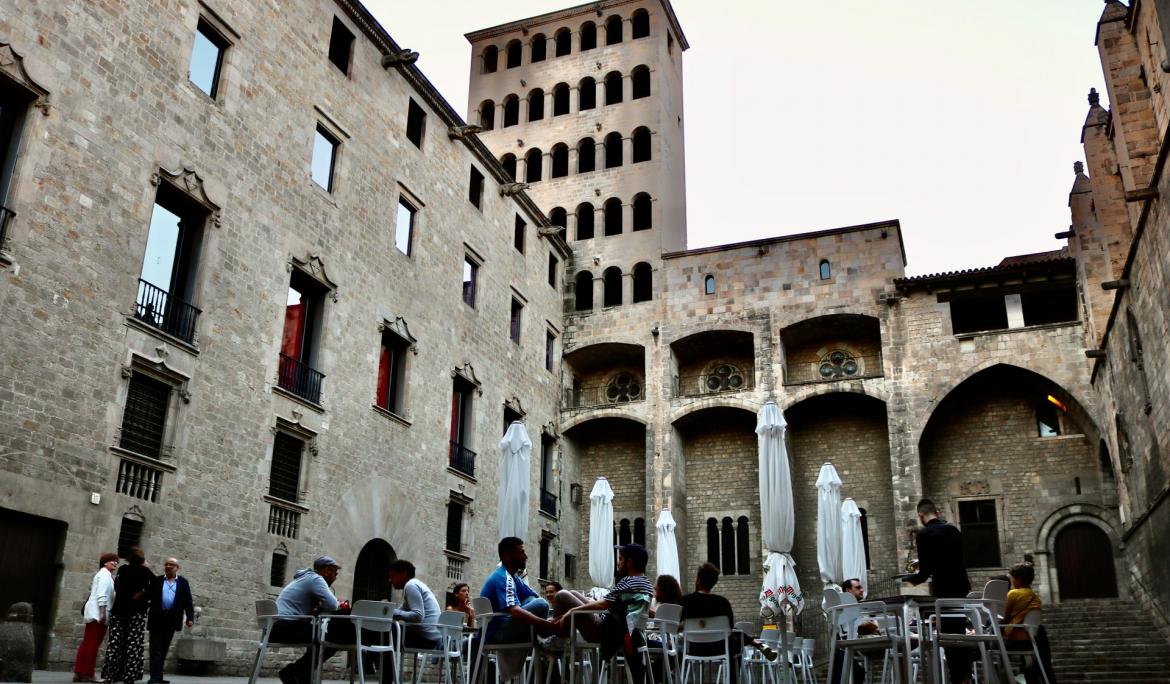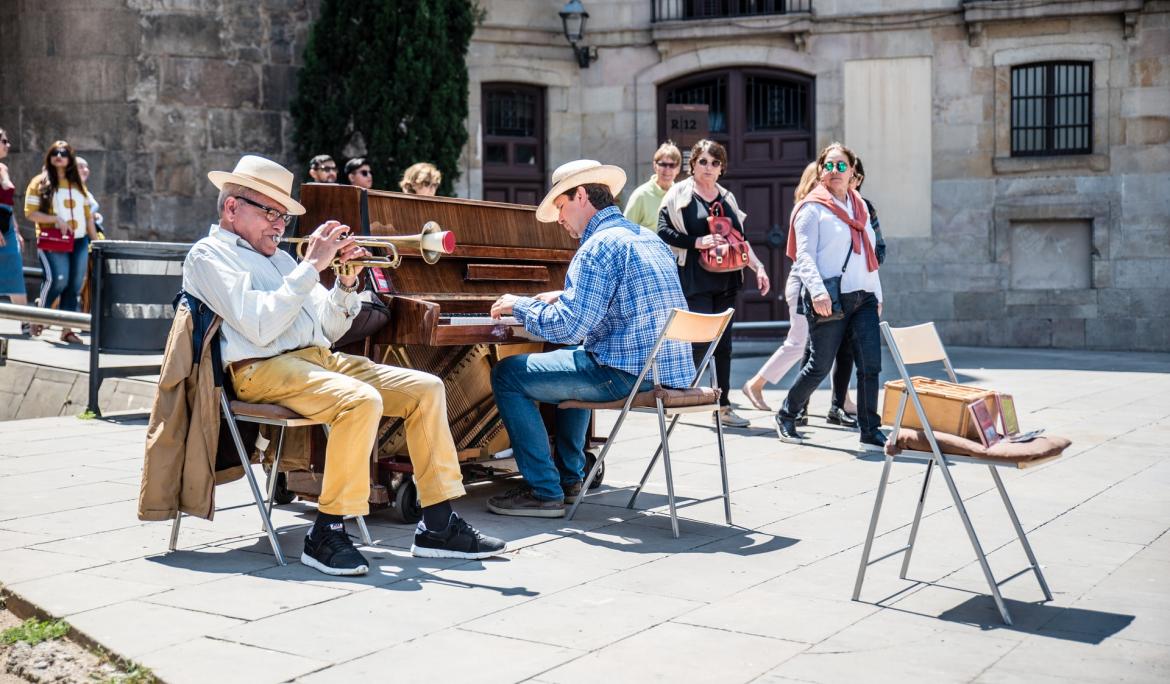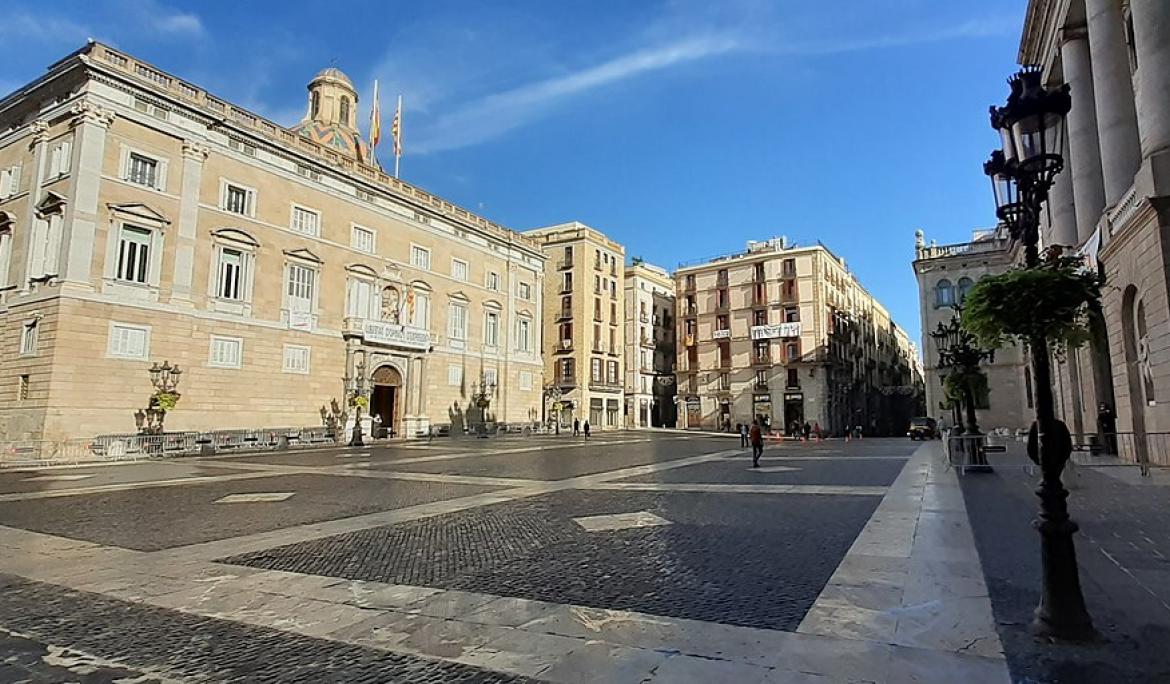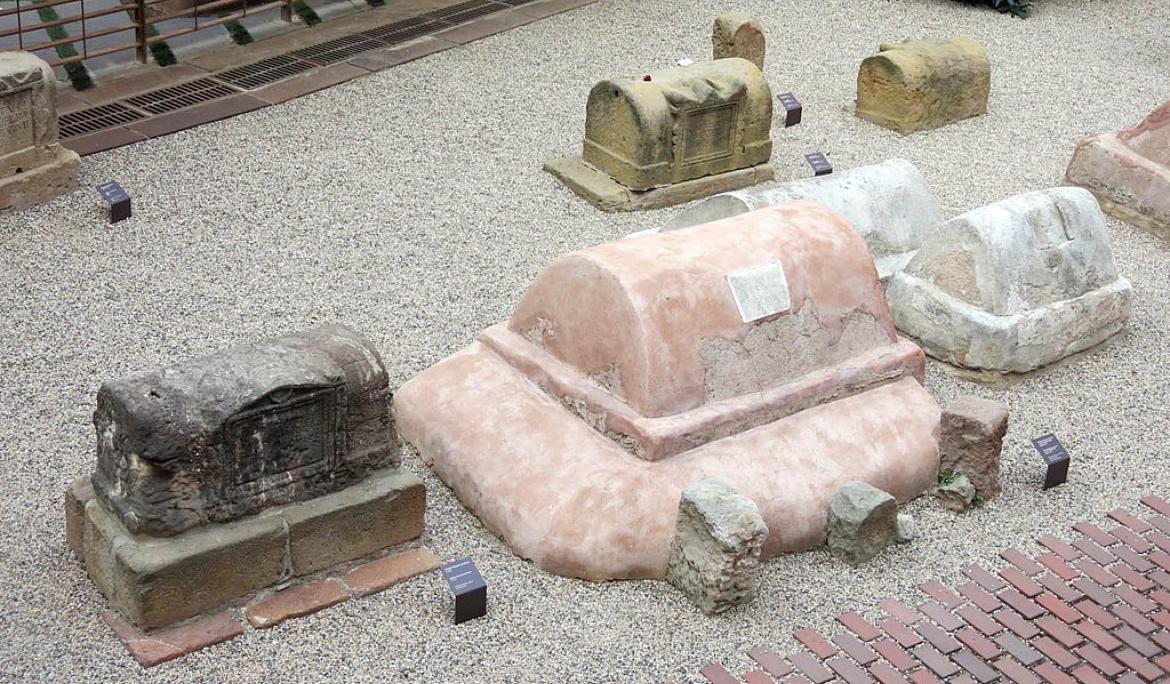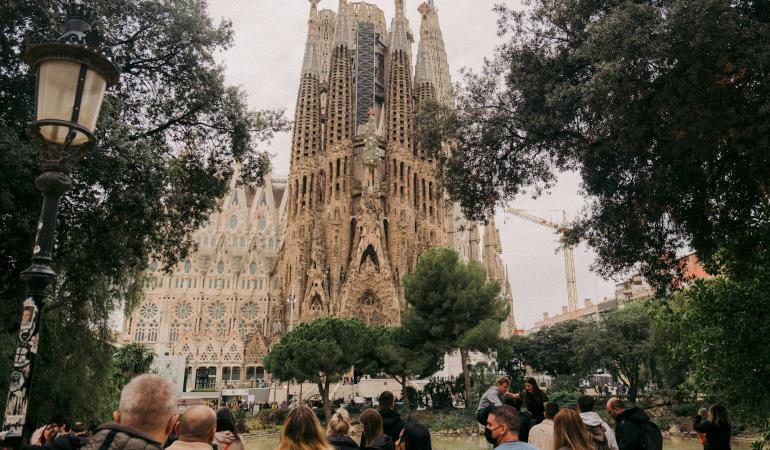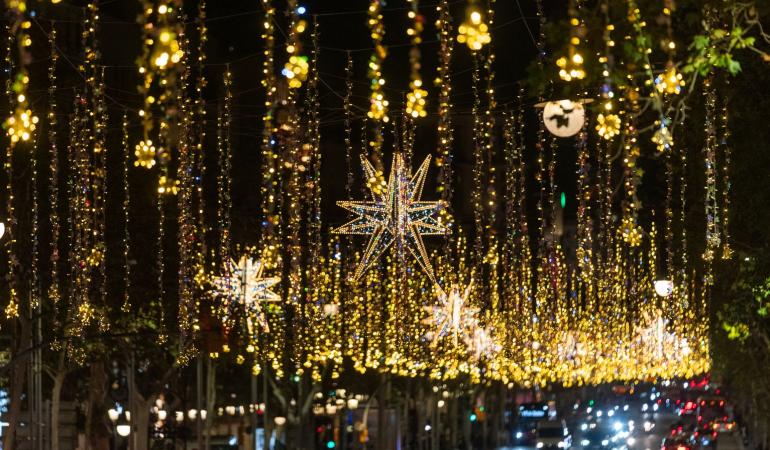The Gothic Quarter is Barcelona's old town and is the living image of all the civilizations that have passed through the city during the last thousands of years. Come and discover the roman and medieval streets, Hola Barcelona takes you!
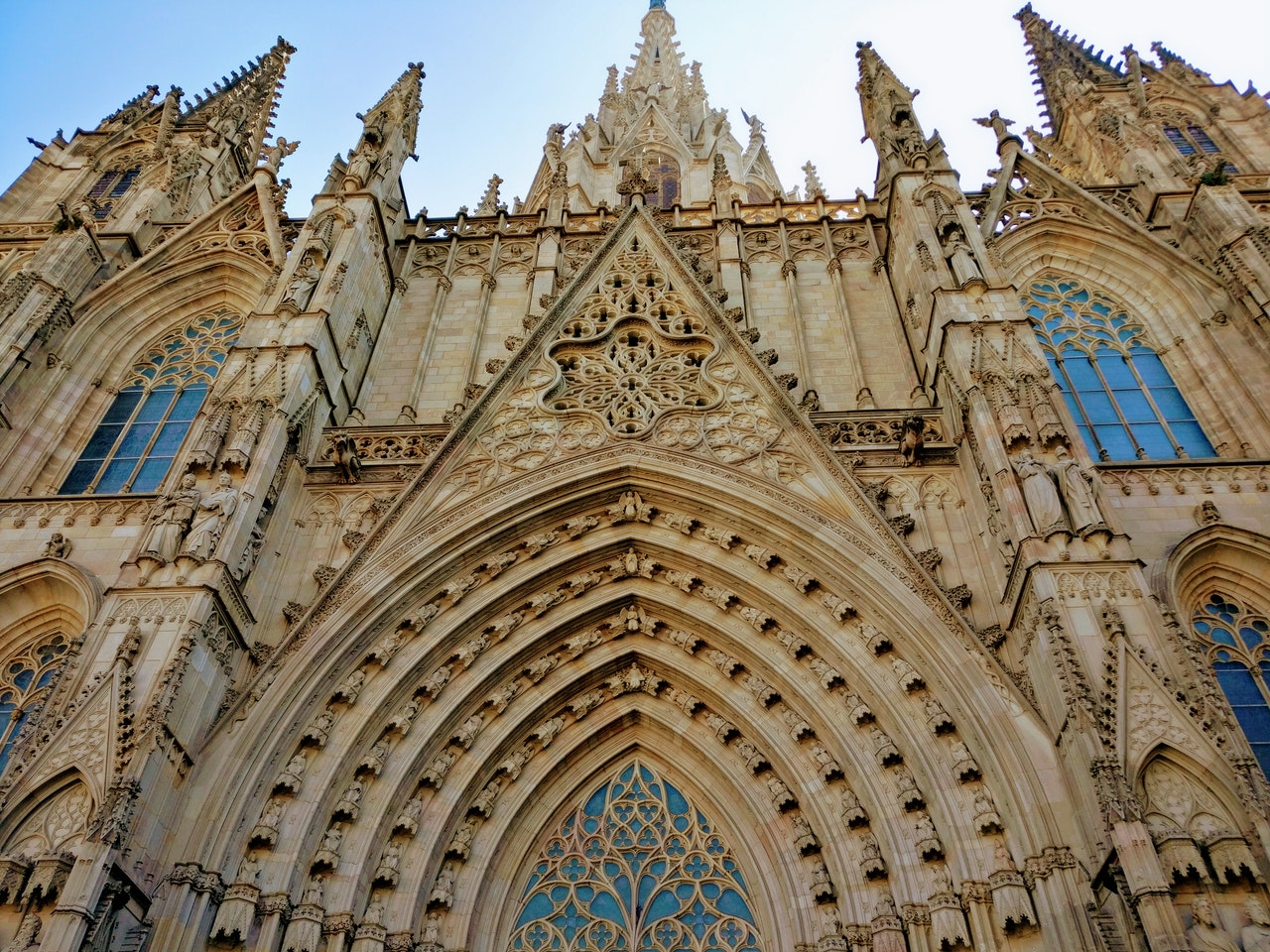
Barcelona, a city of numerous civilizations
To get to know the Barcelona we know today, we must keep in mind that a large number of civilizations have passed through the city: the first traces of human population date back to the first Neolithic, continuing with the Iberians and Greek colonies, then the Carthaginians were defeated and banished from the city during the Second Punic War, and later the Romans settled in 218 BC.
After the Romans, the Almoravids lived there, and then the Catalan-Aragonese Crown, which was responsible for the urban development of the city with the creation of the suburban villages of Sant Andreu de Palomar, Sant Gervasi, Sarrià... At the same time, during these years, the city experienced several wars that ended with the siege of the city, causing the destruction of 17% of it.
Barcino: roman, gothic and medieval
Among the streets of the Gothic Quarter we can find all kinds of architectural gems: from the roman Barcino through the ancient wall, to the medieval architecture with the streets characteristic nomenclature, divided according to the different guilds of the time, as well as the buildings of the Ajuntament and the Generalitat, that preserve most of its original structure. In addition, we can not forget the Gothic and Neo-Gothic architecture, present in the Catedral de Santa Eulàlia, commonly known as the Catedral de Barcelona.
Starting with the roman era some constructions stand out such as:
- Temple d'August, which was a roman temple dedicated to Cèsar August's imperial cult.
- Roman via sepulcral, located at plaça de la Vila de Madrid and it was responsible for connecting the city with tha current zone of Sarrià.
- Termes Portuàries, which were discovered in a housing building at carrer Regomir.
Later on and during the medieval era, the city evolved and the nomenclature of the labyrinthine alleys of the center changed: in the Jewish quarter, streets such as Arc de Sant Ramon del call and carrer del Bisbe stand out, which serves as a union between the roman and the gothic Barcino, while merchants area was distributed according to the existing guilds, such as carrer del Vidre, carrer dels Escudellers, carrer dels Mercaders... In addition, as a reflection of that time, these emblematic buildings stand out:
- Plaça del Rei, was one of the noblest areas of Barcelona and is one of the locations that preserves more historic buildings. The square was the courtyard of the counts' palace of Barcelona and gives access to the Palau Reial Major and the Capella de Santa Àgata.
- Esglèsia Sant Felip Neri, built between 1721 and 1752 it is of baroque style and was made to serve as an oratory in the Congregació de l'Oratori. This church stands out because in 1938 it was bombed by the Italian aircraft during the Spanish Civil War, thus, only the façade and a small part of the structure remained standing.
You can not miss...
Moreover, if you visit the city you can not miss the Catedral de Santa Eulàlia, also known as the Catedral de Barcelona, as well as Plaça Sant Jaume, the historic center of the Gothic Quarter.
The Catedral de Barcelona was built on top of a roman temple and stands out for its magnificent cloister, surrounded by palm trees and thirteen white geese. On the other hand, Plaça Sant Jaume is represents the political power in Catalonia, as it houses the Palau de la Generalitat and the Ajuntament de Barcelona.
- How to get to the Gothic Quarter: Metro, Bus, Rodalies, FGC and Hop on Hop Off Barcelona (Red Route and Blue Route)
Don't miss it, Hola Barcelona takes you!
If you are thinking about visiting the city, take advantage and discover Barcelona's history through its small streets and the great cultural offer. Don't think about it anymore and move around by public transport with your Hola Barcelona Travel Card!
